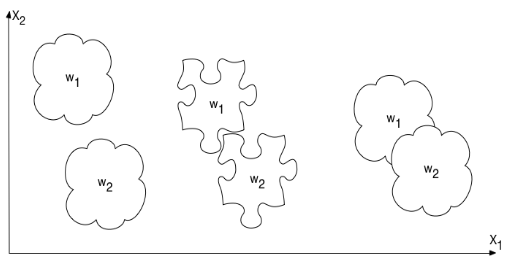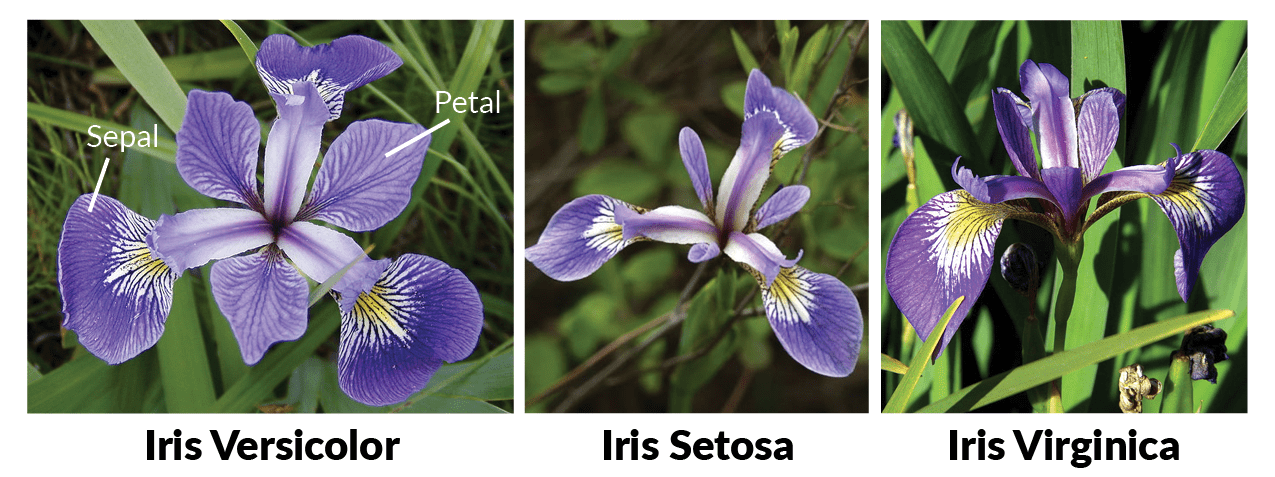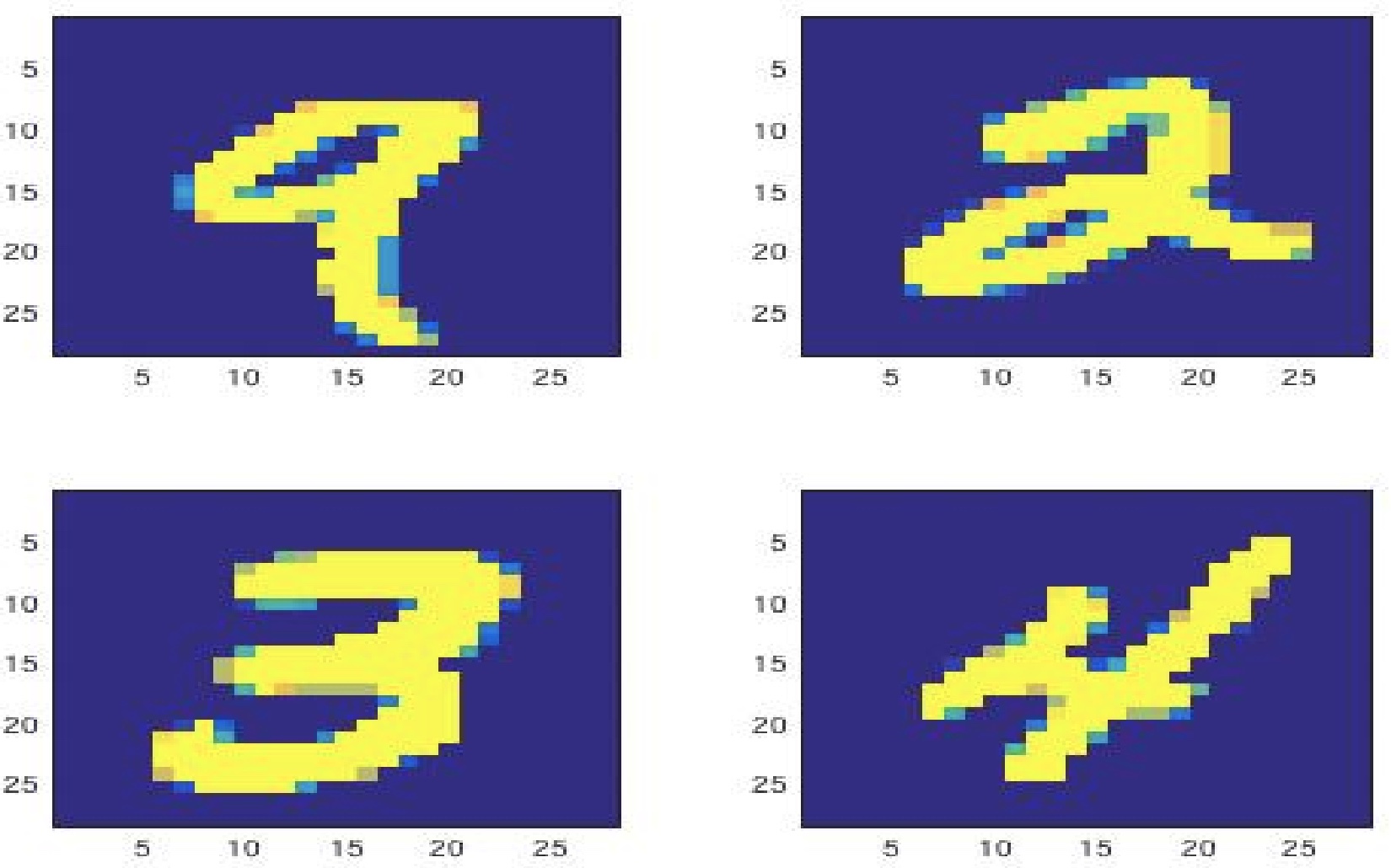Classification
 Different classification types
Different classification types
This project was a part of the course content in “TTT 4275 - estimation, detection and classification”. This project was solved in pairs of two. Classification is a way to separate and categorize different objects into groups or categories. Doing classification with a computer often implies using different algorithms combined with already pre-categorized training data. The goal with this project was to get some knowledge on how the linear classifier and the nearest neighbour method are implemented, trained, and how they work in practice. The goal was also to observe how computers manage to recognize the objects and use data to classify them correctly.
 The different variants of the Iris flower
The different variants of the Iris flower
The first task used a linear classifier to classify three different variants of the Iris flower. The linear classifier was quite easy to implement and train, and work very well.
 Examples of handwritten numbers
Examples of handwritten numbers
The second task used a template based classifier, with different variants of the nearest neighbour decision rule. This classifier was also quite simple to implement. The task was to use the different variants of the classifier to classify images of handwritten numbers from 0-9. The results of the different classifiers were a bit surprising, but overall the classifier work really well.
We worked in a team of two people. I did the first part of the project, making a linear classifier to classify the different variants of the Iris flower, mostly by myself. The second part, using the nearest neighbor classifier to classify handwritten numbers, we did together. I contributed most with coding and plotting, while the other person in my group contributed more with writing theory for the report. But we both did a little bit of each.
Here is a PDF of the report for further reading: Classification_Project.pdf